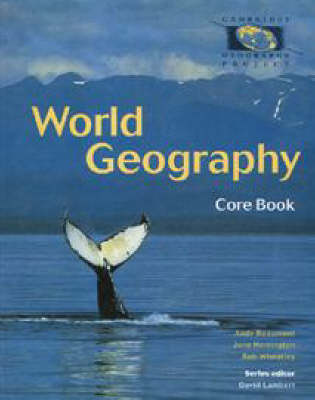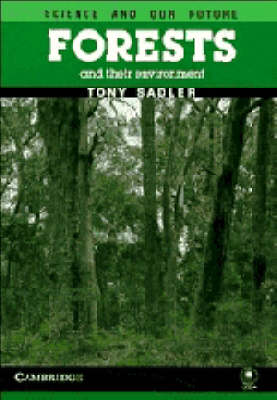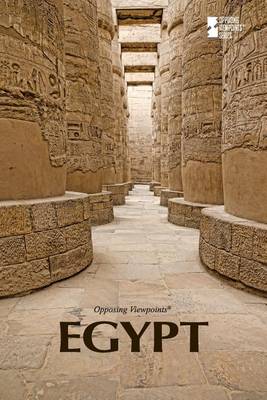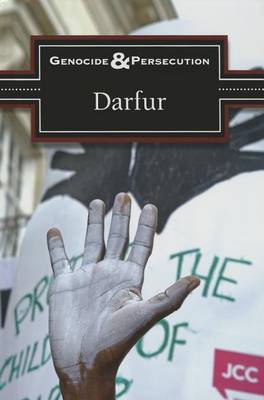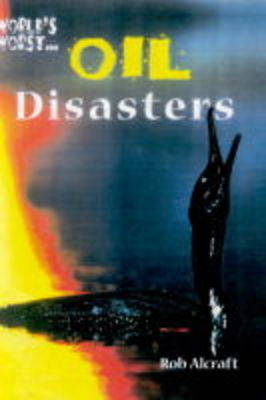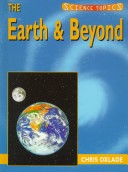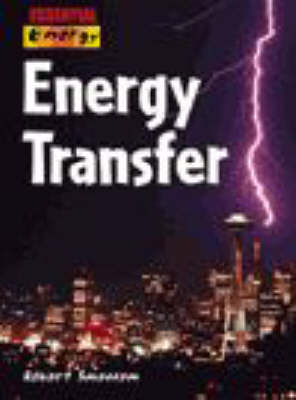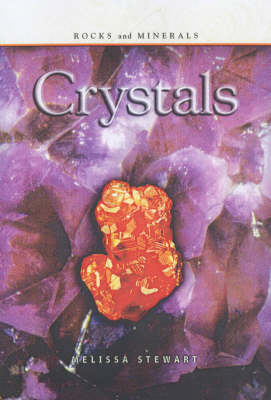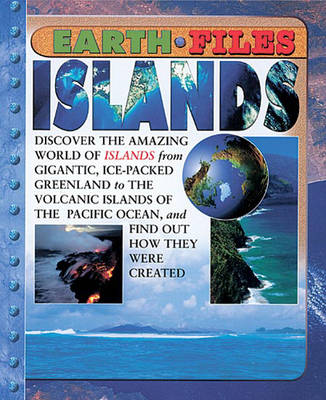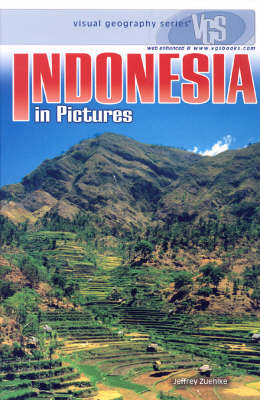This new series looks at a range of natural disasters, both as fascinating natural phenomena and as the cause of devastating human and environmental damage. Disasters in Nature will enable readers to learn about weather extremes, the effect of disasters on the environment, their human impact and how we deal with them. Up-to-date research, case studies of some of the worst examples, stunning photography and explanatory diagrams help to illustrate the points. Each book includes: Case studies of fa...
Greater London (Cambridge Regional Geography)
by W.S. Dancer and Albert V. Hardy
This book, which is part of a series, is a staged introduction to modern geography in which geographical concepts are explained through the medium of regional studies.
Across the Developing World Resource book (New Routes in Geography)
by Michael Haigh
Water explores an area of concern for scientists and environmentalists alike. Whether it be maintaining the quality of drinking water, or the purity of waste water returned to the sea, scientists are working to build a more accurate picture of the complex nature of water chemistry and how best to manage and protect the Earth's water resources for our future. This third book in the Science and our Future series will follow on the success of the first two titles. It examines scientific aspects of...
This core book for students forms part of the 'Cambridge Geography Project', a course for the National Curriculum at Key Stage 3. This publication is the winner of the TES Secondary Schoolbook Award of 1992.
World Geography: Core Book (Cambridge Geography Project Key Stage 4)
by Andy Beaumont, Jane Herrington, and Rob Wheatley
The authors have produced a lively and accessible textbook, which gives comprehensive coverage of GCSE geography, and is particularly suitable for the Avery Hill and Bristol Project syllabuses. The text consists of five units arranged thematically, each introduced by a focus statement which provide full coverage of geography syllabuses. They contain up-to-date information and use specific place case-studies to illustrate the themes studied. The language used is clear and accessible to the whol...
Victoria is a unique and changing landscape with a rich and bountiful history. From the early days of European settlement Victoria has been the home for a large number of immigrants, creating one of the most multi-cultural regions in the world. It is this variation which is the beauty of the state. It is often said that Melbourne can experience four seasons in one day, but its variability is more than climate and people. Landscapes vary from snow covered Alps to the Little Desert in the west; fr...
Forests and their Environment examines the nature of forests and the environment in Australia, the management of the forest, its economic importance and non-economic value. Specific attention is given to environmental issues associated with forest management. The language level has been guided by a specialist editor to ensure students can comprehend the topic. The book is most relevant to the curriculum as this is an area studied by a range of secondary school levels. The author has worked wit...
Contrasts in Living Conditions Unit resource file (People and Environment)
by Bruce Tamagno, Robyn Rivett, Peter van Noorden, and Kaye Thurbon
Topographic Mapping Skills for Secondary Students is a full-colour text that brings together a collection of topographic map extracts, gathered from around the world, into a single attractive publication. Accompanying each map extract and its associated stimulus material is a set of graded questions that guide students towards a comprehensive understanding of topographic mapping skills. The text is designed for students in Years 9-12.
Egypt (Opposing Viewpoints (Paperback)) (Opposing Viewpoints (Hardcover))
Energy Transfer Paper (Essential Energy)
An exploration of the role of energy transfers in the world today. It covers the uses of energy transfer, how it was discovered, and how its use is changing, how energy can be transformed from one state to another and the conservation of energy. Each book in the series emphasises renewability and sustainable development of the world's energy resources. The same concepts are covered int he parallel series "Energy for Life" which is aimed at a younger reading level.
Rocks & Minerals: Crystals Paperback (Rocks and Minerals)
This series introduces the main types of rocks and soils, important minerals and their composition and properties. Using a variety of examples and evidence, it explains how and why they occur, and the processes involved in their formation. The uses of rocks, soil and minerals are explored, and how we come into contact with them in everyday life. The series also covers environmental and social issues associated with their extraction and use, such as pollution and the impact of mining on the envir...
Around the World Clothing (Around The World)
Earth Files: Islands
This new series introduces the pupil to the astounding habitiats of the world around us. - Clear scientific and geographical information in an entertaining and easy to read style - Focuses on green issues and how mankind has affected the environment - Useful for pupils studying areas of the curriculum involving geography and ecological topics. - Contains colourful diagrams and photographs to keep interest levels high


